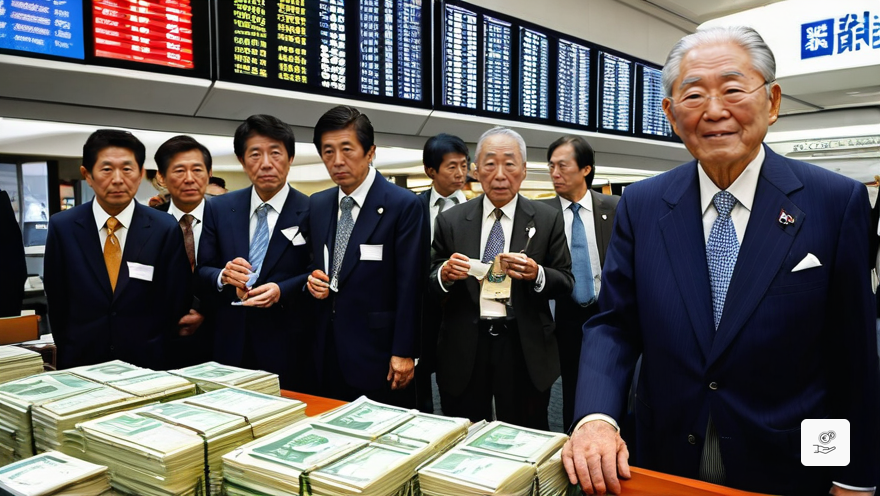The Rise and Fall of Japan’s Economic Boom

Unprecedented Economic Growth in Japan
Japan recently experienced a remarkable surge in its stock market, reminiscent of the economic boom witnessed during the late 1980s. This period saw a significant escalation in share prices, creating a sense of prosperity and financial speculation throughout the nation.
Recollections of a Historic Era
Notable figures like Kazukuni Yamazaki, now 87 years old, vividly remember the fascination surrounding the daily fluctuations in stock prices. The bustling scenes of enthusiastic spectators, including young professionals, highlight the widespread interest in the market’s movements.
Extravagant Displays of Wealth
During this period, luxury indulgences such as exorbitantly priced golf club memberships, valued at 500 million yen each (equivalent to approximately $3.5 million today), became commonplace, even among individuals who did not partake in the sport.
Market Expansion and Global Influence
The Nikkei index, commencing the decade at 6,867 points, surged to nearly 39,000 by the end of the 1980s, showcasing Japan’s dominance in the global market. At its peak, Japan held a substantial 45% share of the world market capitalization, surpassing the US share of 33%.
Shifts in Market Dynamics
In contrast to its former glory, Japan presently commands only 6% of the global equity market, with renowned tech giants like Apple and Nvidia individually exceeding the total worth of the entire Nikkei index.
Real Estate Boom and Financial Consequences
The economic fervor extended beyond stocks to real estate, with Tokyo land values skyrocketing. Premium plots in upscale areas like Ginza commanded prices as high as 32 million yen per square meter, while even the Imperial Palace grounds surpassed the collective value of all properties in California.
The era of prosperity was, however, underpinned by mounting debt, as lenders flooded the market with property loans. The debt levels surged from 22 trillion yen in 1985 to a staggering 80 trillion yen by 1989, leading to a subsequent crash that burdened financial institutions with non-performing loans for years.
Current Economic Landscape
Today, Japan’s economy reflects more modest growth, stagnant wages, and an aging population, shaping a subdued economic outlook. Unlike the exuberance of the 1980s, domestic investors exhibit a cautious approach, while foreign investors recognize the potential opportunities within the evolving economic climate.




